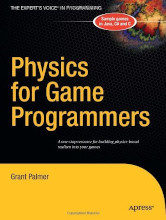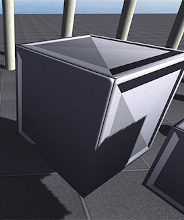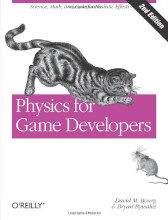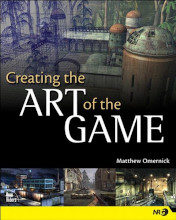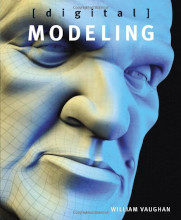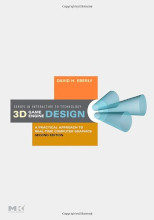Review: Physics for Game Programmers by Grant Palmer
Today I will be reviewing Physics for Game Programmers by Grant Palmer, another stepping stone on my quest to build a custom physics engine. Overall I enjoyed reading the book, and I feel like I learned a lot of general things but not enough to base a physics
